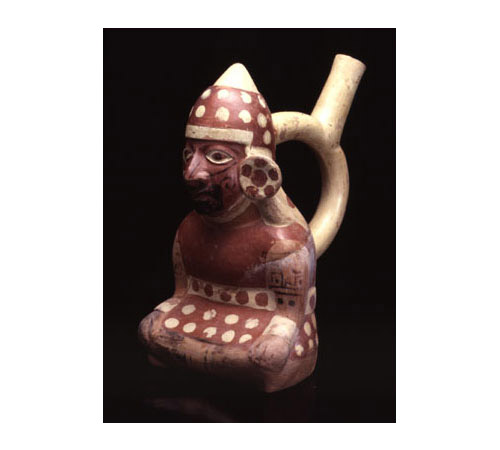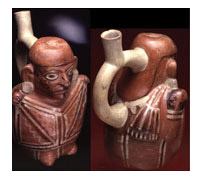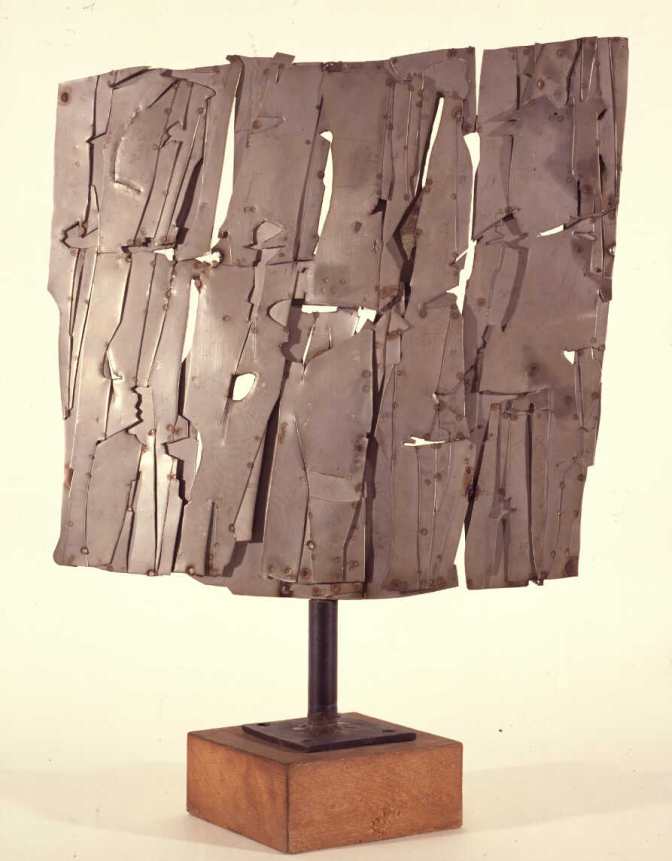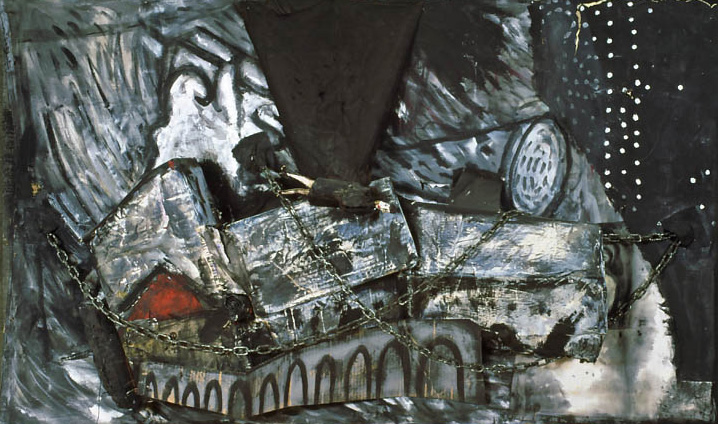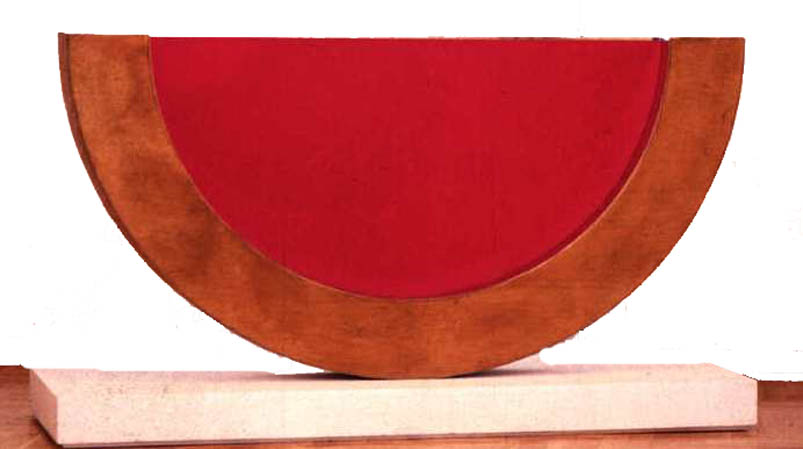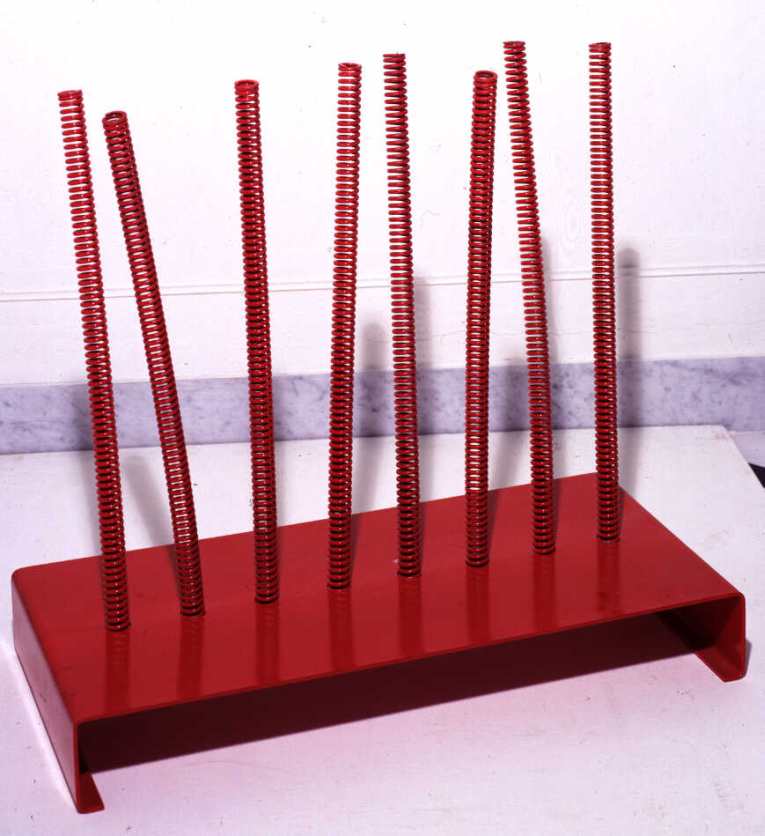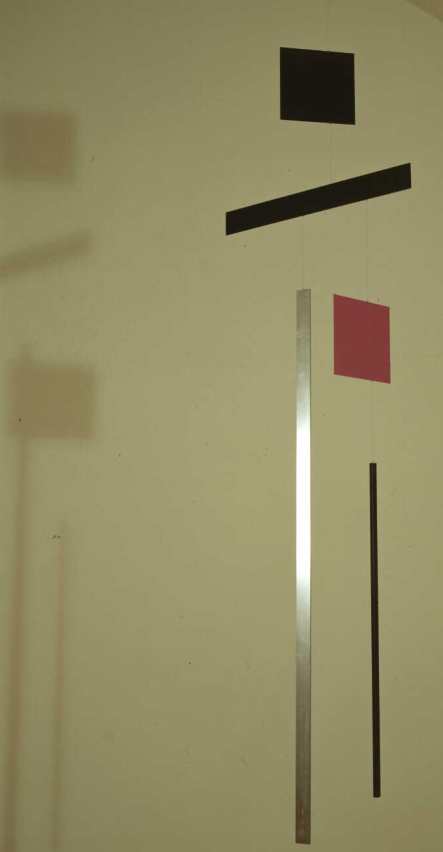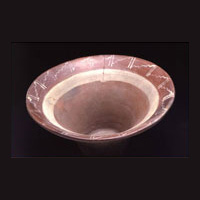
Click here to view image
Bowl
Collezione Missioni Cattoliche Americane 1893 donazione
ambito Moche III-IV
bell-shaped bowl
IV-V - 301 - 500
Unità di misura: cm; Altezza: 10.5; Diametro: 21.5
Perù
argilla- a colombino
Mostra d'arte precolombiana e di etnologia americana - Genova, Castello D'Albertis - 1972-1977<br>Vero o falso? Modellare per capire. Laboratorio permanente di ceramica precolombiana. - Genova, Laboratorio didattico Sant'Agostino - 2000-2001
The object was part of a funerary equipment. Orange-red and cream bowl, with a flat bottom and a strongly flared rim. The external wall of the body is painted in red in the inferior part, while the superior zone is orange-red. The internal wall is painted in orange-red and decorated in the superior zone with a cream strip and linear motifs and the pattern of a staircase.

